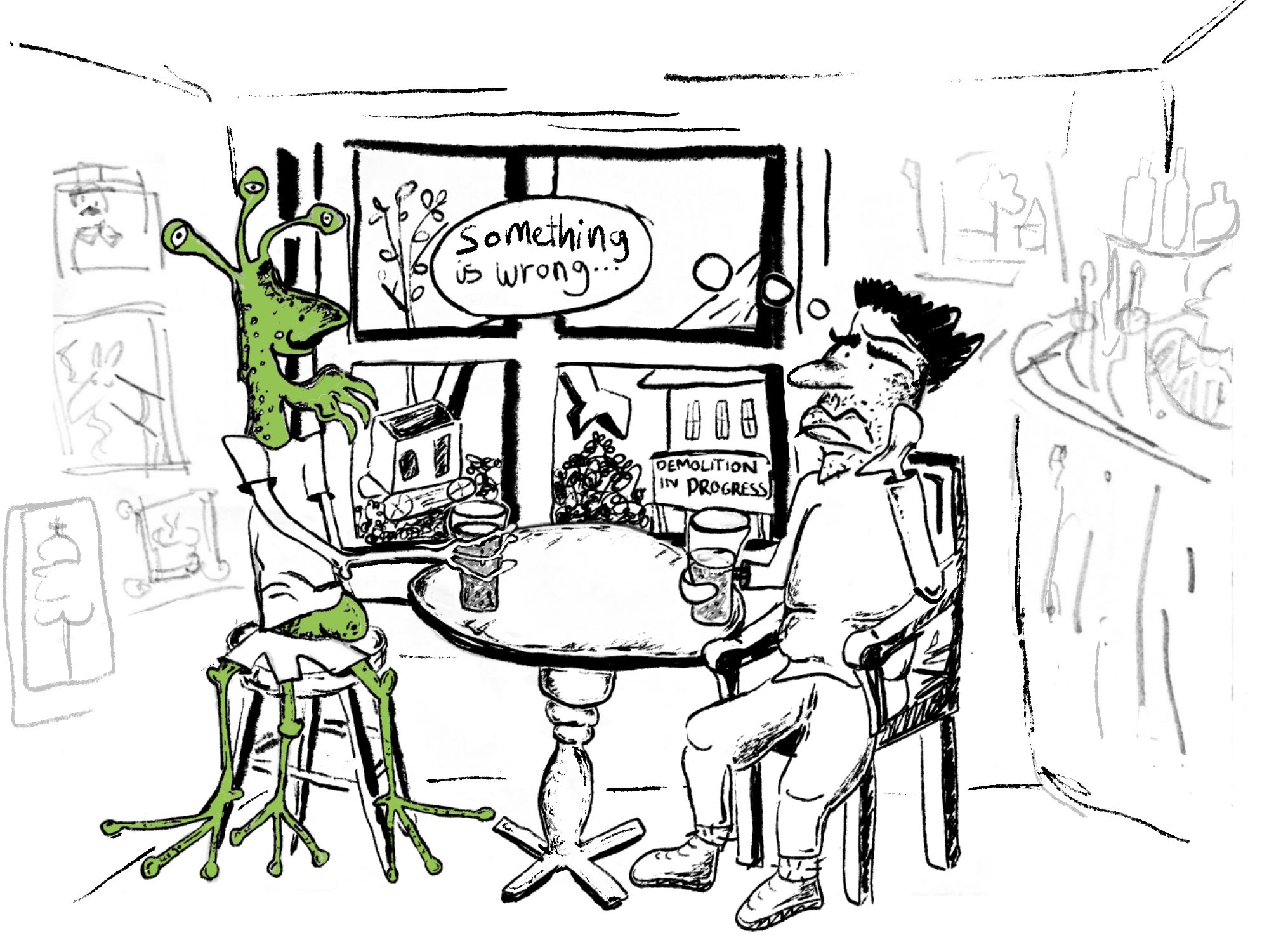

‘Clap for Carers’: A Sonic and Phenomenological Performance
Molly reflects on ‘Clap for Carers’, five years after the social movement took the Covid-stricken British public by storm. Through the lens of the phenomenology of performance, she reveals the seemingly simple act of clapping to be one of immersion, sonic impact and sometimes contradictory political implications…

Nothing to write home about
Sometimes, all she wanted to do was stare down the mirror like someone else, find meaning in every freckle and contour and caress her collarbones and nascent hips manically like a leering camera.

Luanna wonders: what is music for?
What is music for? In a world of binaries and black and white, such a question leads only to others: what is music? Who is music for? Is the impossibility of an answer to the question simultaneously the answer? Is it this otherworldly difficult-to-pin-down different-for-everyone sense that is the point of music?

Aliens, Spaceships and other things make more sense than traffic, my phone, the supermarket and God.
Like Arthur, I seem to be having some difficulty with my lifestyle, and I also find myself not understanding anything, at all, ever. Even the small things (coffee, mud, bathrobes) feel bizarre sometimes. I'm as paranoid as a robot, as anxious as a human.

Breath and existential crisis: Minimalism is phenomenological
The beholder becomes aware of the size, mass, and weight of their own body in relation to the work, alongside the rise and fall of their breath, their proximity to the work, and their position within the gallery space itself. This gives the sculpture a palpable presence, as the beholder becomes aware of their intrusion into the artwork’s spatial field.

